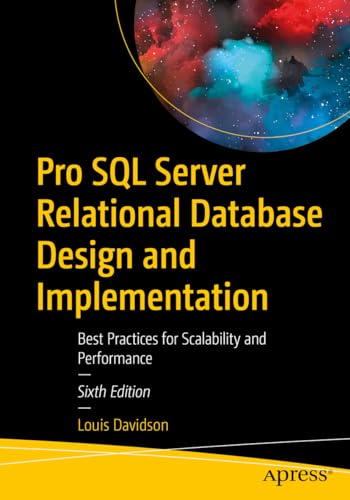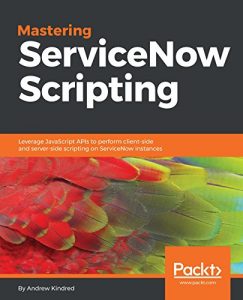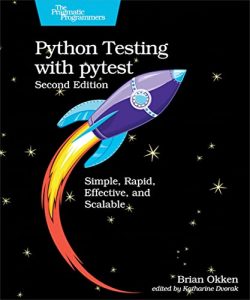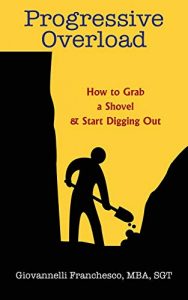Understanding Software Scalability
In today’s fast-paced tech landscape, the need for scalable solutions has never been more crucial. As applications grow in complexity and user base, they must be designed to efficiently handle increasing demands without compromising performance. Whether you are building the next big web application or developing a robust backend service, understanding the principles of software scalability can help you create infrastructures that are not only resilient but also capable of adapting to fluctuating demands.
This blog highlights a collection of insightful books that delve into the best practices of software scalability. From database design to efficient build systems and agile methodologies, these titles assemble a toolkit for developers seeking to enhance their skills in creating scalable systems. Let’s explore these essential reads that can empower you to navigate the challenges of scalability with confidence.
Featured Books on Scalability Best Practices
1. Pro SQL Server Relational Database Design and Implementation: Best Practices for Scalability and Performance
A ubiquitous challenge in software development, especially concerning databases, is achieving outstanding scalability and performance. This must-have book, authored by renowned experts, dives into practices that can help developers effectively implement relational database strategies. It provides a thorough understanding of concepts needed to scale applications, making it indispensable for anyone seriously aiming to optimize their SQL Server database. The insights on performance tuning, data modeling, and workload management offer practical guidance that developers can immediately apply.
2. CMake Best Practices: Upgrade your C++ builds with CMake for maximum efficiency and scalability
This book is tailored for C++ developers eager to harness the true potential of CMake in their projects. It covers best practices that improve workflow efficiency and maintainability in large projects. Through real-world examples, this guide demonstrates how to configure builds that can scale alongside project requirements, making it an essential read for modern software engineers.
3. Big Data: Principles and best practices of scalable realtime data systems
In an age where data governs decisions, understanding the principles of big data systems is paramount. This book reviews the architecture behind scalable real-time data systems, ensuring you’re equipped to handle vast amounts of data. From storage solutions to processing techniques, it elucidates technologies that power scalable architectures, making it a key addition to your bookshelf.
4. Art of Scalability, The: Scalable Web Architecture, Processes, and Organizations for the Modern Enterprise
This book articulates the principles underpinning scalable web architecture and organizational strategies. It helps decision-makers understand how to create and sustain scalability at both the architecture and process levels. This resource is invaluable for those involved in enterprise-level decisions and project management.
5. Flutter Design Patterns and Best Practices: Build scalable, maintainable, and production-ready apps using effective architectural principles
Flutter is one of the most versatile frameworks for developing applications, and this book explains how to leverage design patterns for scalability and maintainability. By blending architectural principles with practical guidance, it serves as a foundational resource for developers looking to create robust mobile applications.
6. Scaling Software Agility: Best Practices for Large Enterprises
For teams working in large organizations, scaling agility can be a complex challenge. This book offers insights into best practices that support agile methodologies at scale, making it ideal for organizations wishing to improve collaboration and responsiveness in their software development processes.
7. Scalability Patterns: Best Practices for Designing High Volume Websites
This title compiles best practices specific to designing high-volume and high-availability websites. It serves as a guide for web developers aiming to build resilient and scalable solutions capable of serving a large audience without malfunctions.
8. Agile Software Requirements: Lean Requirements Practices for Teams, Programs, and the Enterprise (Agile Software Development Series)
Understanding requirements is fundamental to creating scalable software. This book covers requirements gathering with an agile focus, making it an excellent resource for teams trying to align their software with user needs while maintaining scalability and flexibility.
9. DevOps Design Pattern: Implementing DevOps best practices for secure and reliable CI/CD pipeline (English Edition)
As DevOps becomes increasingly dominant in software delivery, this book is perfect for understanding key design patterns needed for creating efficient CI/CD pipelines. Scalability in software deployment is tackled comprehensively, ensuring teams can successfully deliver changes at high velocity.
10. Java Concurrency in Practice
Concurrency is integral to scaling applications effectively. This classic book on concurrency in Java addresses vital principles and practices, providing developers with the tools to create scalable, high-performing applications. Its profound discussions on performance are essential for any software engineer.














































